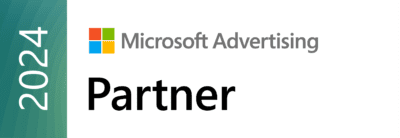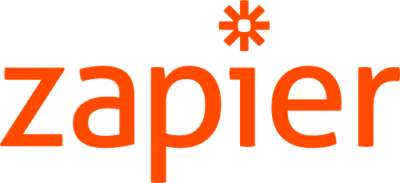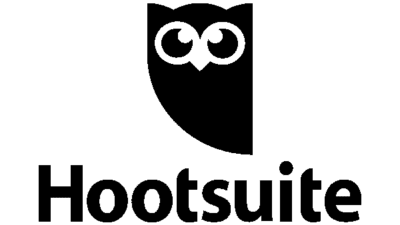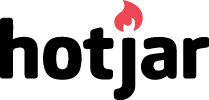Get Your Paid Social Campaigns Back on the Right Track
So, you started your advertising on Facebook and Instagram a few years ago and everything was great! Folks were engaging with your ads, going to your landing page and filling out your forms. Then something happened; competitors found the hidden gem that is paid social media, Facebook started making algorithm adjustments and eliminating interest-based targeting that we found helpful in identifying prospective students. Performance dropped and we all lost faith in the platform.
But there is hope! ES is here to walk you through some optimizations that will get your Facebook and Instagram paid campaigns back on the right track!
Targeting
Interest-based targeting seems to be the default targeting method that we see in most campaigns we audit. It seems logical to figure out what your prospective students are interested in and then target those behaviors, interests, and demographics. But there is another way…
What we at Edwards Strategies have found to be even more successful is lookalike targeting. Lookalike targeting is basically taking a list of your current students’ or enrollments’ email addresses and upload them to Facebook to create a custom audience. Facebook then takes that custom audience and identifies common qualities among those people (demographic info or interests). Then Facebook finds people who are similar to them.
We’ve found lookalike audiences to be most effective when parsing them out by program. Each program’s students will look different, so splitting them up that way will give you a clearer picture. Lookalike audiences have produced double digit percentage improvements in lead volume and CPL.
Messaging
Each program is different. And the demographics of the students for each program will vary as well. That means your messaging has to be tailored specifically to the prospective students in each program you are trying to reach. For instance, if you student demo skews 18-25 and female, that’s who you need to speak to in your copy and represent in your photos and or videos. This seems simple but we see this detail missed in so many campaigns.
Capturing
When Facebook first launched their ad platform, it was all about sending traffic off of the platform and to a landing page where you hoped people would fill out your contact form. In the last couple of years Facebook has introduced forms on their platform so interested users can fill out a form for more information without ever having to leave the Facebook platform.
While there have been some hiccups in this process (large amounts of spammy submissions), Facebook has taken steps to improve the quality of inquiries they are generating. One of the main ways they have improved the quality is by introducing two-step form confirmation.
Testing
In order to get the most out of your paid social campaigns, you should always be testing different elements of your ads. From the types of pictures you are using to the copy in your headline or in the body, there is always opportunity to improve performance. Here are a few tests that we have recently run:
- Stock photos vs. real company photos
- Headline test:
- “Classes Start Soon” vs specific start dates
- Open House Dates
- Display URL
- Generic vs Program-specific
- Ad Copy
- Generic vs Program-specific
- No location vs including location
These are just a few examples of where you can start your testing process.
Following these optimizations should help improve the performance of your paid social campaigns and get the back on the right track. If you need any help making these optimizations, you can reach out to us at Edwards Strategies here.
Recent Posts
- Diversifying Enrollment: Strategies for Attracting a Wide Range of Students to Private Postsecondary Institutions September 14, 2023
- XR and the Transformation of Online Education August 24, 2023
- Key Takeaways From the 2023 State of Social Media Report July 25, 2023
- SEO: Why It Stays Important and How to Get Key Decision Makers Onboard June 22, 2023
- Revolutionizing Content Generation: Harnessing AI June 9, 2023










